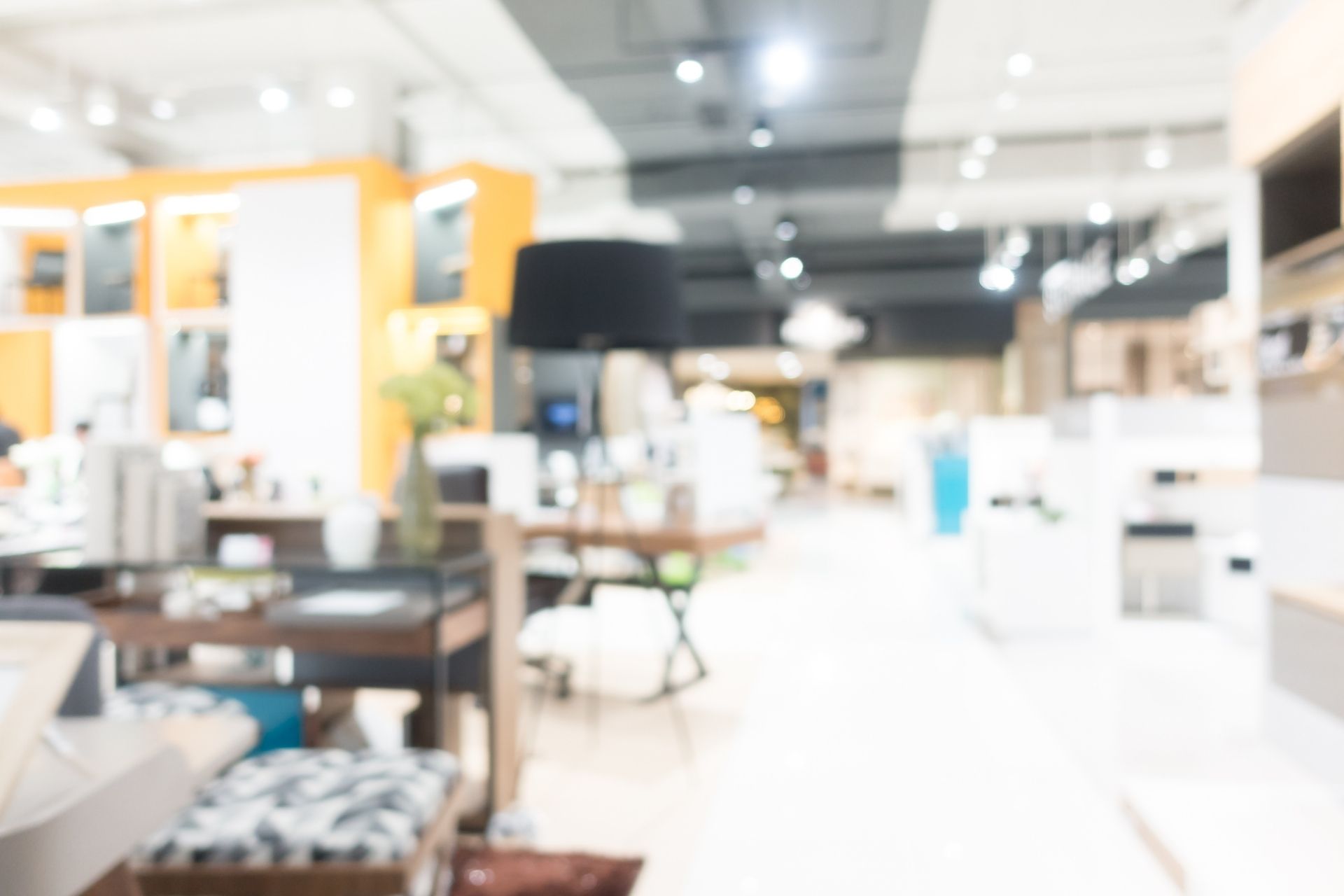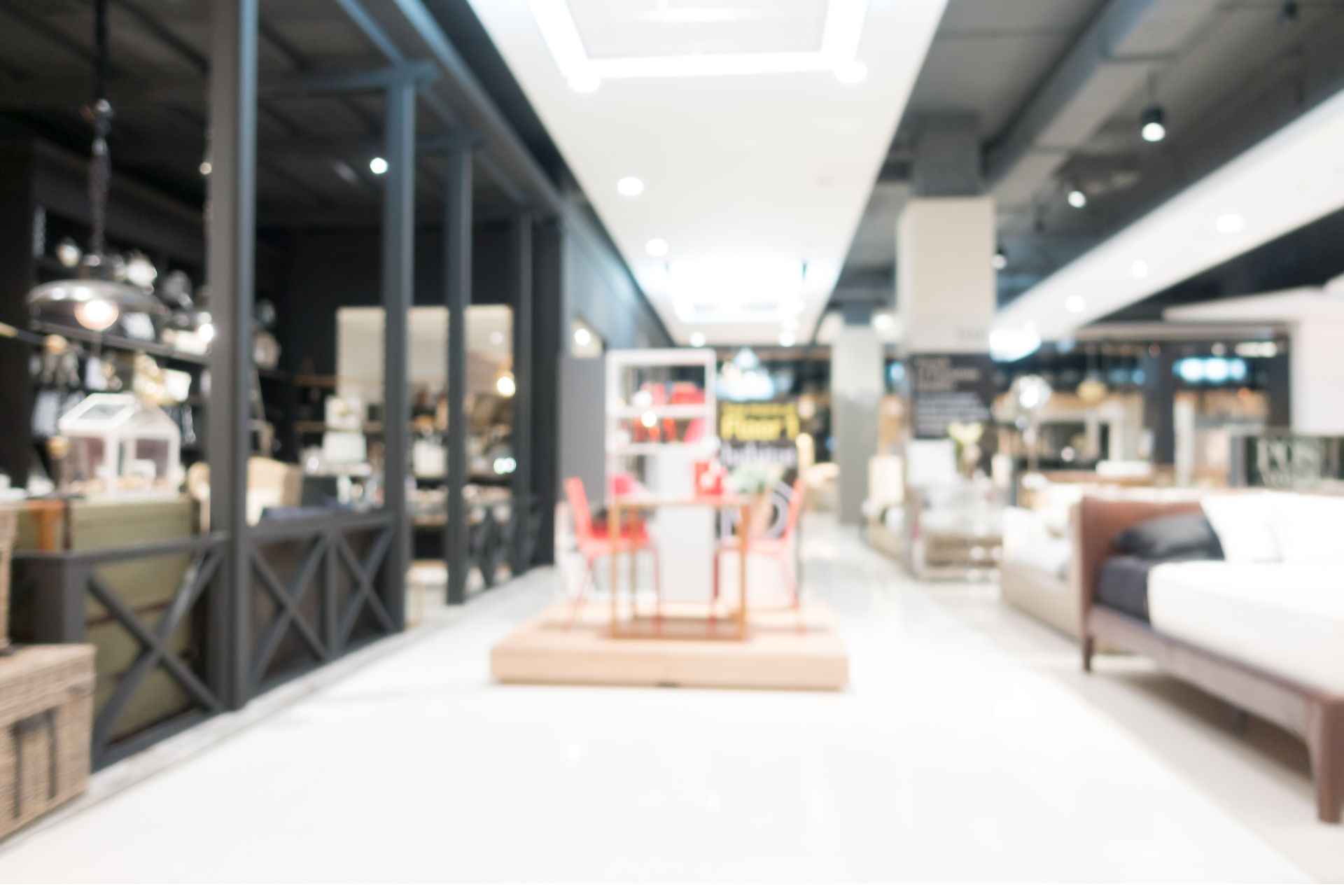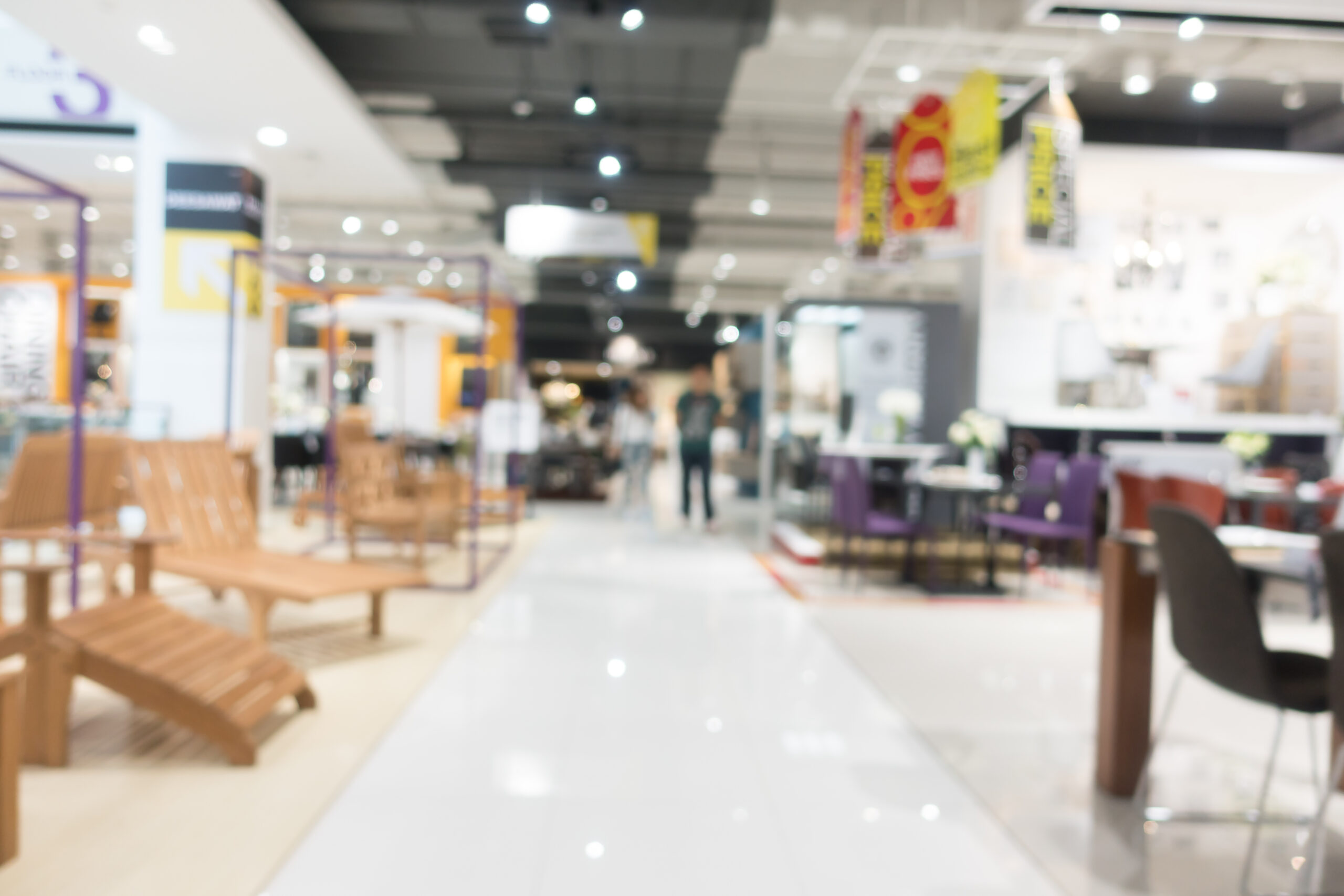Imagine walking into a busy store in a bustling city in New York and easily finding everything you need — you move from one section to another without feeling lost.
That path is often part of a spine layout, a design where a main corridor, or “spine,” connects different areas, guiding people naturally through the space.
This shows just how important layout design is. A well-planned layout doesn’t just help people find what they need — it also makes a space feel organized, welcoming, and visually appealing. Good design balances how a space works with how it looks, so people can move easily while enjoying the environment around them.
In this article, you will learn what a spine layout is, why it works so well in stores, and how designers use it to combine functionality with style. We’ll also learn its advantages, key principles, challenges, and real-life applications in different spaces.
What is a Spine Layout?
A spine layout, sometimes called a central corridor layout or linear layout, is a design strategy where a main pathway acts as the backbone of a space. This “spine” serves as the central axis, connecting different areas or zones in a building or store. It guides movement, organizes circulation, and creates a clear structure for customers, visitors, and staff.
The spine can be straight or gently curved, but its main purpose is to provide a logical flow through the space. Around this spine, other sections or rooms are arranged to make navigation intuitive and efficient.
Compared to other layout styles, a spine layout is more organized than a free-form or open layout, which focuses on flexibility and keeping the space open rather than guiding people along a path.
It is also different from a grid layout, which uses many intersecting corridors to divide a space into smaller sections, and from a loop layout, where people follow a path around the edges of the space.
The spine layout strikes a balance by providing clear direction while keeping all areas connected and orderly.
Advantages of a Spine Layout
Now that you know what a spine layout is, let’s look at why it’s such a useful design choice. This type of layout has several advantages that make spaces easier to use and more inviting for people.
Enhances flow and circulation
A spine layout creates a clear path for people to follow. This makes it easier to move from one section to another without confusion, especially in large places like shopping malls or furniture showrooms.
Provides structure and hierarchy design
The main corridor acts like a backbone that organizes the space. For example, in a department store, the most important sections — like clothing, home goods, or electronics — can be arranged along the spine, which makes them easy to find.
Balances functionality with aesthetics
Because the spine is both practical and pleasing to look at, it helps a space work well while also feeling inviting. In a grocery market, for instance, the main aisle makes shopping efficient while displays and signage keep it visually appealing.
Strengthens the visual identity of a space
A spine layout can give a building or store its own unique character. For example, the Apple Store on Fifth Avenue in New York uses a central corridor that not only guides visitors but also highlights its signature glass cube design. This makes the layout both a pathway and a statement piece that strengthens the store’s identity.
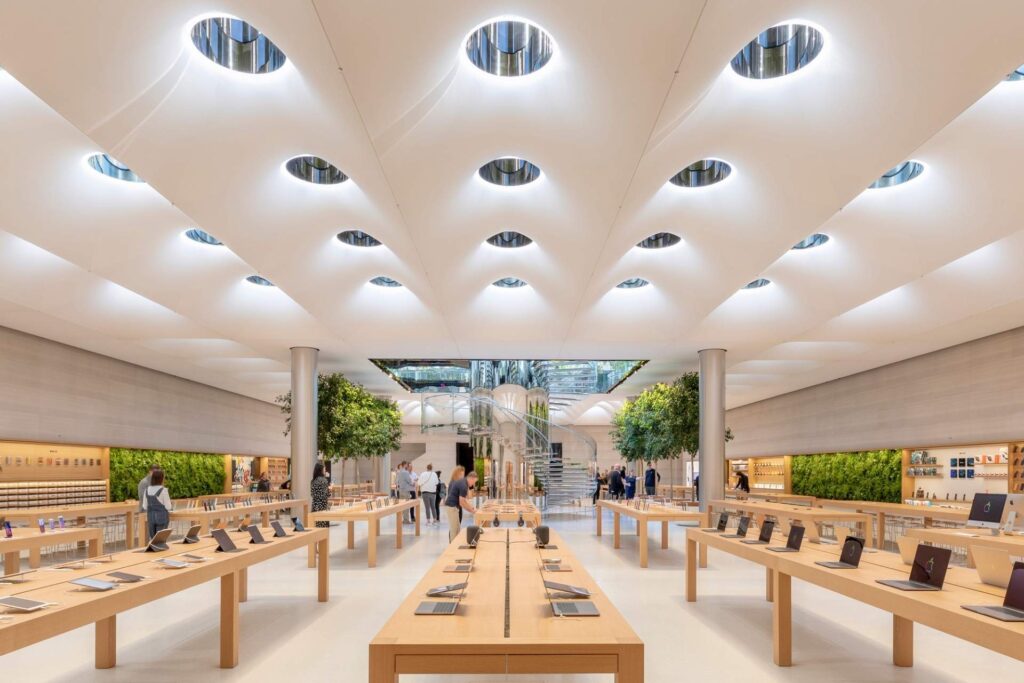
Adapts well to both modern & traditional designs
Whether it’s a sleek tech store or a historic bookstore, the spine layout fits right in. Its simple structure makes it flexible enough to work with many different styles and atmospheres.
Key Principles of Spine Layout
If you’re new to layout design and want your space to be both functional and beautiful, following these principles can help you get it right. Here are the key principles that make a spine layout work well:
Axis and alignment
The spine acts as a central line, or axis, that everything else is built around. Keeping things aligned along this spine makes the space feel organized and easy to navigate. Imagine walking down a wide aisle where every section lines up neatly — that’s axis and alignment at work.
Zoning
Zoning means grouping areas based on their purpose. Along a spine, you can put similar sections together, like electronics in one area and home goods in another. This helps people find what they need faster and keeps the space feeling logical.
Symmetry and proportion
Symmetry and proportion make the layout feel balanced. If sections on one side of the spine are too big compared to the other side, it can feel awkward. Balanced spacing keeps the area comfortable and visually appealing.
Connection points
Connection points are spots where people can move from the main spine into side areas or rooms. Well-placed connection points make circulation smooth and prevent bottlenecks. Think of them as doors or openings that keep people moving naturally.
Natural light flow
Letting natural light reach the spine and surrounding areas makes the space feel bright and welcoming. For example, the Canali Flagship Store located in the Meatpacking District incorporates ample natural light, which enhances the shopping experience by creating a bright and inviting atmosphere.
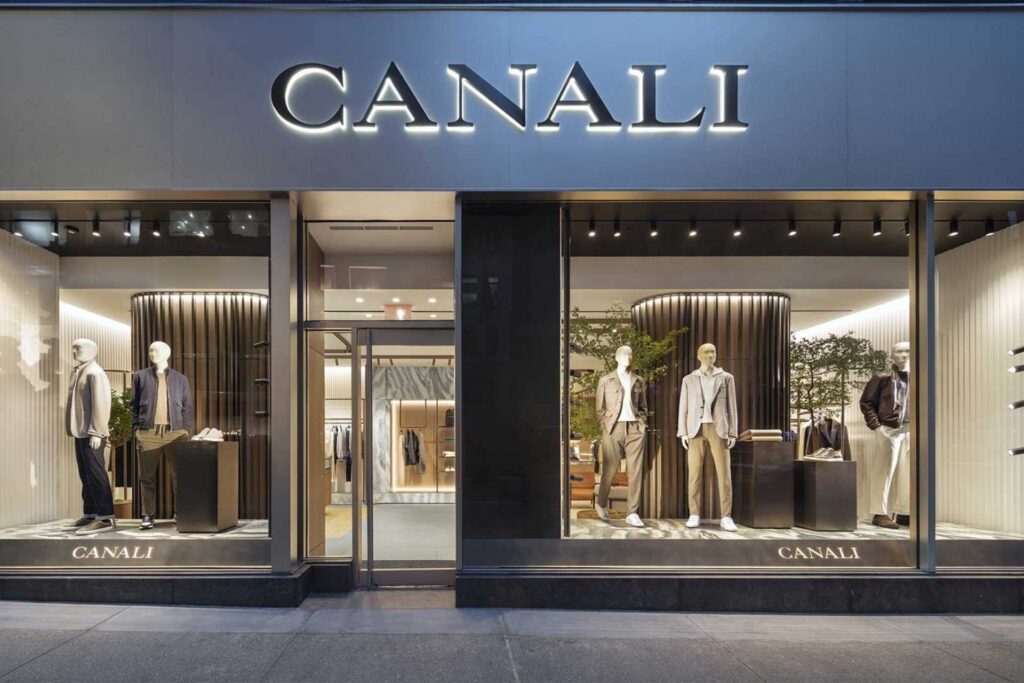
Challenges of Spine Layout
While spine layouts offer many benefits, they also come with some challenges that store owners need to consider. Understanding these can help you use the layout effectively without running into problems.
Risk of monotony if overused
Because a spine layout relies on a single main corridor, it can sometimes feel repetitive or boring if there isn’t enough variation along the path. Long, unbroken corridors without interesting features or focal points may make a space feel dull. This can lower customer engagement.
Can feel rigid if not balanced with creative elements
The clear structure of a spine layout can feel overly formal or stiff if designers don’t introduce softer or more playful elements. Incorporate curves, different textures, interactive displays, or unexpected breaks along the spine if you want to make the space feel more dynamic and welcoming.
Requires careful proportioning in irregular spaces
Spine layouts work best in rectangular or symmetrical spaces. In buildings with unusual shapes, narrow widths, or angled walls, the spine must be carefully proportioned to avoid awkward circulation or wasted space.
Spine Layout Applications and Examples
If you’re curious about how spine layouts work in real spaces, you may want to know where this design strategy is applied. Spine layouts are versatile and can be used in a variety of commercial, public, and hospitality settings in New York.
Let’s explore some specific examples:
Bookstores
In bookstores, a central aisle or “spine” guides customers through different sections, which makes navigation intuitive. For instance, The Strand Bookstore in Manhattan utilizes a spine layout to connect its extensive collection of books, allowing customers to easily move from one genre to another.
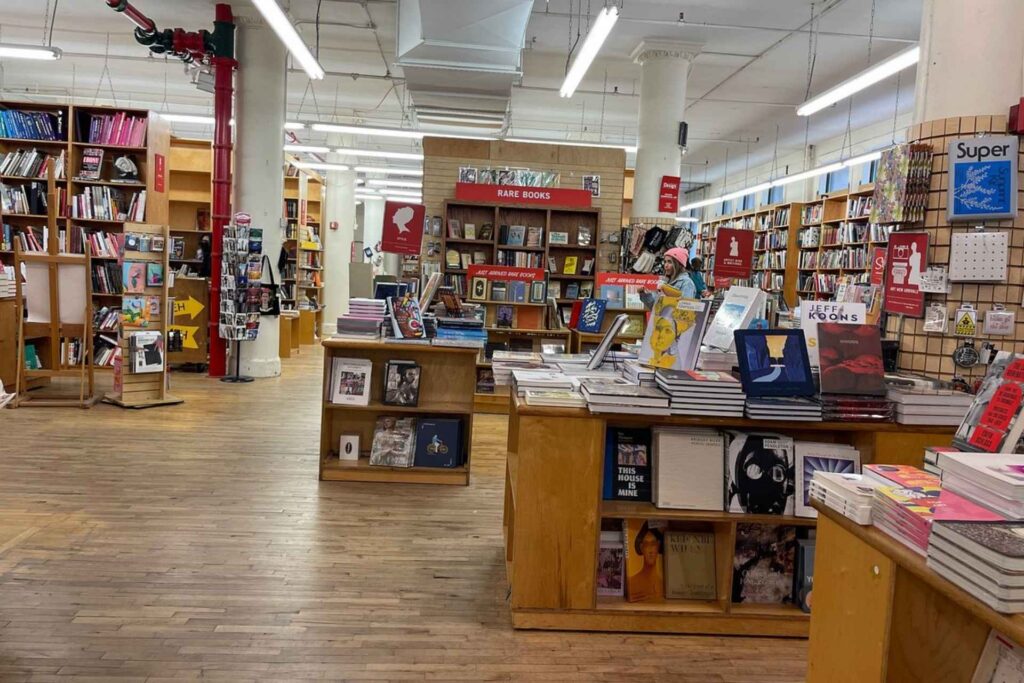
Furniture Showroom
Furniture showrooms can employ spine layouts to display various room setups along a central corridor. This arrangement allows customers to visualize different furniture combinations and facilitates easy movement through the showroom.
Department Stores
In many department stores, the spine layout acts as the backbone, which links areas such as fashion, tech, and household items while keeping traffic flowing naturally.
Fashion Boutiques
Fashion boutiques, like The Ripped Bodice in Brooklyn, implement spine layouts to showcase their curated collections. The central aisle connects different fashion categories.
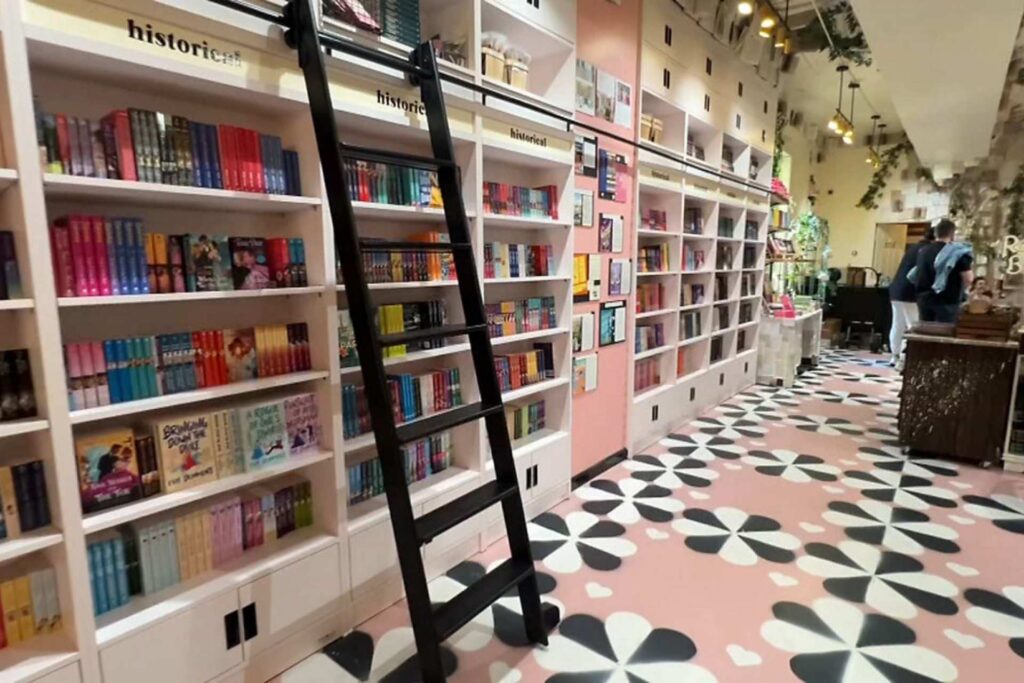
This layout not only improves circulation but also highlights key pieces or seasonal collections along the spine. It also provides opportunities for creative details, like accent lighting, artwork, or cozy seating along the main aisle.
Museums
A spine layout can also be useful in museums to visitors through exhibits in a logical sequence. For instance, a central corridor can connect different themed galleries, allowing guests to move smoothly from natural history dioramas to contemporary art installations, while highlighting featured displays like interactive exhibits or rare artifacts along the way.
Resorts and Spas
In resorts and spas, spine layouts guide guests through various amenities, such as pools, lounges, and treatment rooms.
However, if the main corridor is too long or lacks engaging features, it can feel impersonal, so designers often add seating, artwork, or natural elements to make the journey more inviting while still maintaining easy access to all areas.
Shopping Malls and Lifestyle Centers
In shopping malls and lifestyle centers, a spine layout serves as the main pathway that connects a variety of stores, restaurants, and entertainment options.
An excellent example of a spine layout in action is the Westfield World Trade Center in Lower Manhattan. Designed with a central corridor that guides visitors through a diverse range of retail stores, dining options, and entertainment venues, the layout enhances the shopping experience by providing clear pathways and focal points.
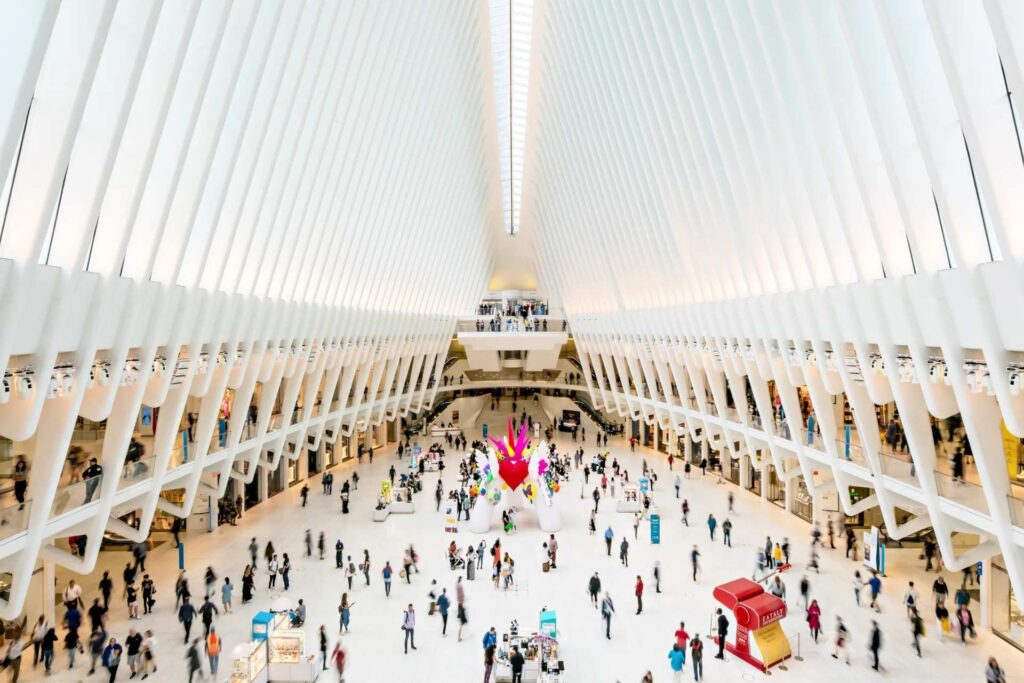
The design also incorporates elements like seating areas and art installations along the spine.
Spine Layout Best Practices
If you want your spine layout to work well for everyone, there are some tips to keep in mind:
Use focal points to reinforce the spine
You can guide people naturally along the spine by placing visual focal points at key locations. This could be a display, a piece of artwork, a product highlight, or even a seating area.
Focal points help break up the path so it doesn’t feel monotonous and give people a reason to pause, look around, and engage with the space.
Ensure accessibility and ergonomic flow
Think about how people move through your space. Make sure aisles are wide enough for comfortable movement, that there are clear paths for different types of visitors, and that transitions from the spine to side areas are easy to navigate.
Proper signage, floor patterns, or lighting can all guide people intuitively. You want anyone walking through your space to feel confident and not confused.
Blend structural and aesthetic elements
A spine layout doesn’t have to feel rigid. You can soften the corridor with textures, colors, or materials that match the space’s personality.
For example, adding plants, rugs, or decorative lighting can make the spine feel welcoming. The key is to balance functionality with style — people should be able to move efficiently while enjoying the environment around them.
Summary
Now that you’ve learned about spine layouts, you can see how this approach helps you create efficient circulation, a clear sense of direction, and a strong visual structure in any space you’re designing.
With thoughtful placement of focal points, natural light, and creative touches, you can balance functionality, flow, and aesthetics!
Ready to transform your retail or commercial space with a smart, stylish layout? Reach out to Artistic Display for expert retail and commercial furniture solutions in New York.
FAQs About a Spine Layout
What type of stores are commonly used in the spine layout?
Spine layouts are ideal for large retail environments such as shopping malls, lifestyle centers, department stores, and big-box retailers. They work well in spaces where multiple stores, sections, or departments need to be connected by a clear central pathway.
What store layouts are most similar to the spine layout?
Store layouts most similar to the spine layout include grid layouts and racetrack (loop) layouts. Like the spine layout, grid layouts have structured aisles that guide traffic, while racetrack layouts create a loop that encourages customers to circulate through multiple sections.
How can designers make spine layout more engaging?
Designers can enhance a spine layout by adding visual focal points, interactive displays, seating areas, or art installations along the central corridor. Seasonal decorations, pop-up experiences, and clear signage also keep the space dynamic.

